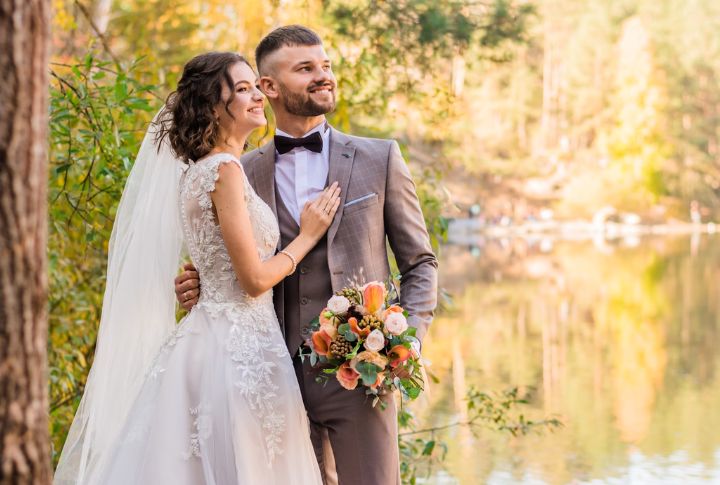
A wedding is a celebration layered with centuries of rituals and customs that still find a home in modern ceremonies. Some are steeped in symbolism, while others evolved through cultural quirks and unexpected twists. Let’s look at 10 long-standing wedding traditions that still show up and why they’re not going anywhere.
Wearing A White Dress
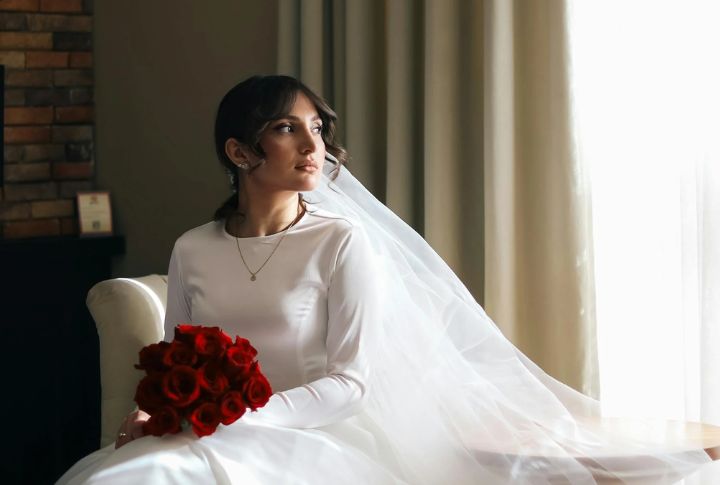
Back then, white wasn’t chosen for purity. It was just Queen Victoria’s bold fashion move in 1840. Before that? Brides wore any fancy dress they had. Now, it’s a symbol of elegance and freshness, echoing a royal echo that never really faded.
The Wedding Ring

Circular in shape, the ring signifies infinity, but its deeper connection lies in human anatomy. Ancient Egyptians believed the “vena amoris” ran from the fourth finger directly to the heart, a poetic assumption though biologically false. Still, the symbolism keeps this metal loop meaningful.
Bridesmaids Dressing Alike
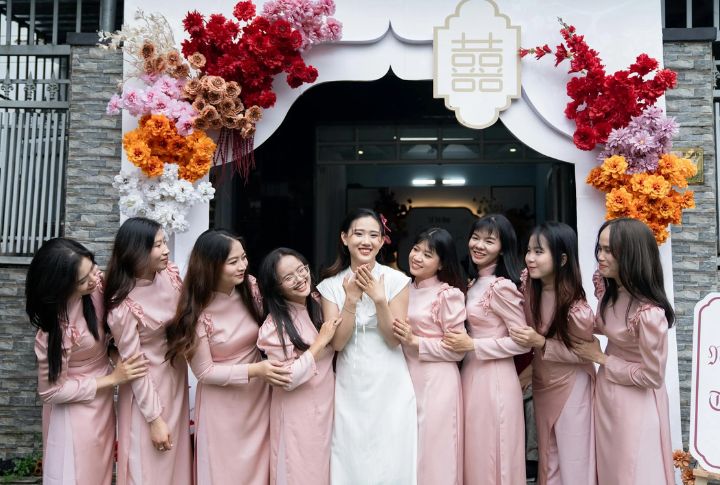
Matching dresses wasn’t always about Instagram photos or making sure no one upstages the bride. In ancient Rome, bridesmaids dressed identically to the bride and to each other to confuse vengeful spirits or jealous suitors. Today, it’s more about style and the occasional group dance.
Something Old, Something New
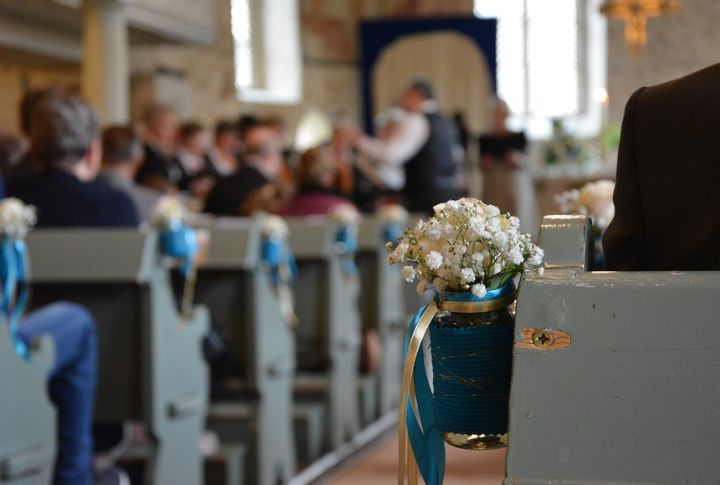
This old rhyme isn’t just quaint—it’s packed with superstition. “Something old” connects to family, “new” symbolizes optimism, “borrowed” brings luck from another happy marriage, and “blue” represents fidelity. The final “sixpence in your shoe” part? Often skipped, but it’s about future wealth.
Carrying The Bride Over The Threshold
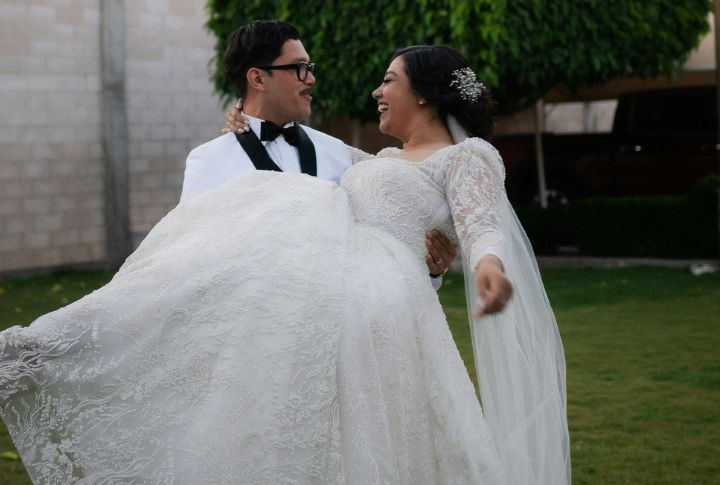
Nothing screams romance like a groom hauling his bride through a doorway to ward off evil spirits. Or so the Romans thought. Forget back pain—this tradition persists as a cute photo-op and a wild reminder of how suspicious ancient households used to be.
The Groom’s Boutonniere
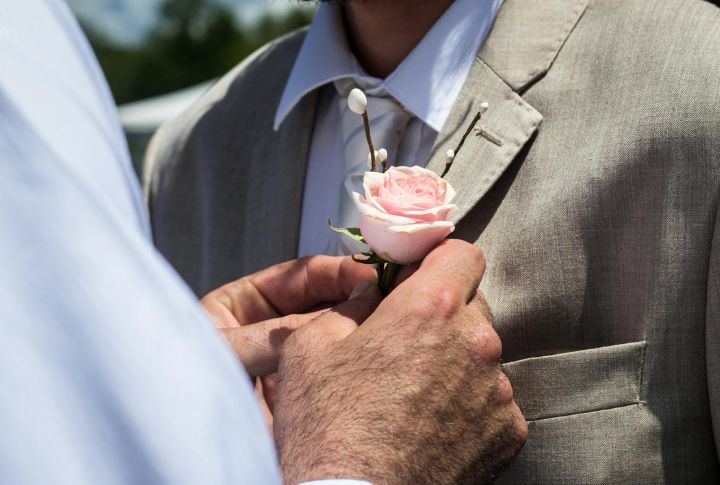
Centuries ago, knights wore their lady’s colors on their armor in battle. That tiny flower on a groom’s lapel? It echoes that chivalrous symbol of devotion. No speeches, no spotlight—just tradition clipped over the heart like a quiet vow.
Wedding Cake Cutting
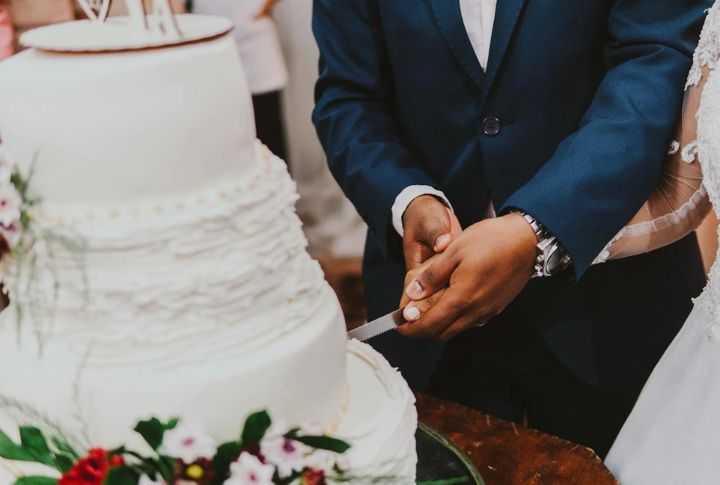
Long before tiered frosting mountains, Roman weddings used barley cakes—broken over the bride’s head as a blessing. Sharing a slice today symbolizes the couple’s first act of togetherness. That quiet, messy moment with frosting-smudged faces still manages to melt hearts.
Tossing The Bouquet
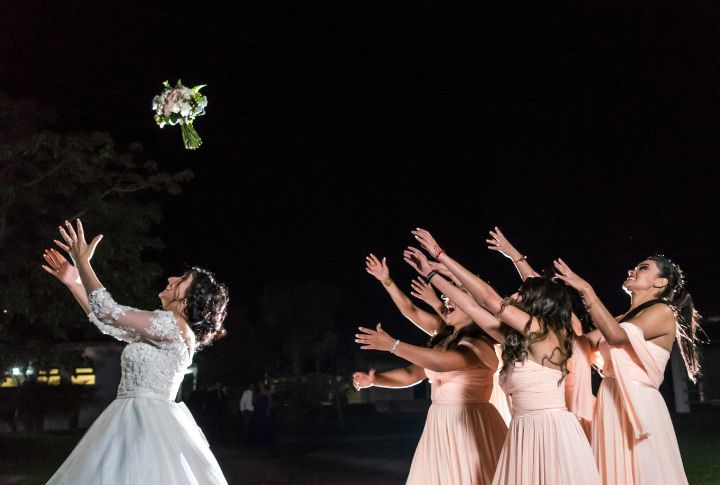
Back in the 1800s, it was believed that touching the bride or even a bit of her dress would bring good luck—especially in love. Hoping to dodge eager guests trying to snag a piece of fabric, the bride hurled flowers and ran. It worked. Today’s bouquet toss keeps the playful spirit, minus the fabric theft.
The Veil
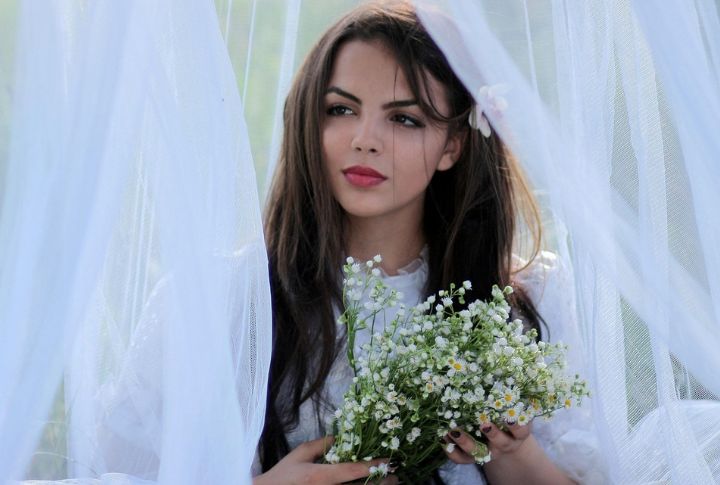
The veil has long symbolized mystery and tradition. Originally used to shield brides from evil spirits or surprise grooms in arranged marriages, it now builds anticipation. That final lift before a kiss flips a primal switch: reveal, connect, and claim—sealing a moment of deep, personal connection.
The First Dance
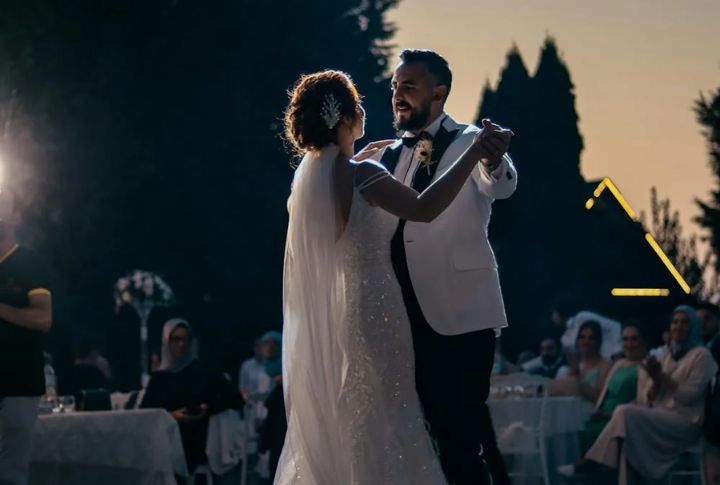
Every couple either crushes it like ballroom stars or ends up doing the awkward eighth-grade sway. Originating in royal courts, the first dance set the party tone. Now? It’s either a TikTok challenge or a heart-squeezer, but it still kicks off the fun.

